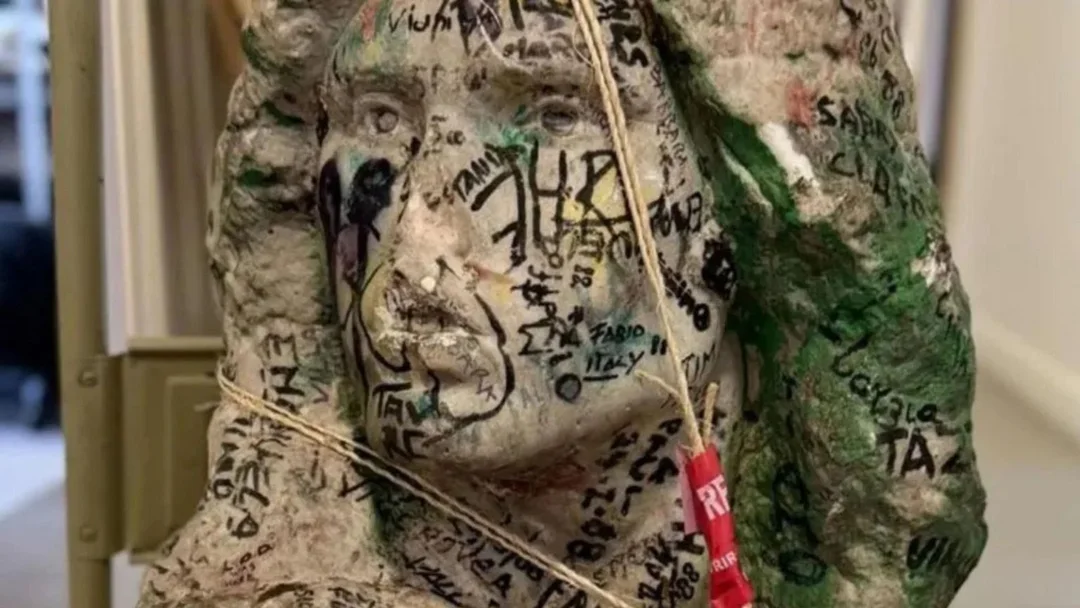
Jim Morrison’s Lost Graveside Bust Found After 37 Years: A Rock ‘n’ Roll Mystery Unravels
After 37 years of mystery, the long-lost bust of Jim Morrison, the iconic frontman of The Doors, has been recovered in Paris. The marble sculpture, once gracing his grave at Père Lachaise cemetery, vanished in 1988, sparking rumors and leaving fans heartbroken. But in a turn of events worthy of a rock 'n' roll legend, the bust resurfaced during a police search related to a fraud case. How did this happen, and what does it mean for Morrison's legacy?
The news broke on Monday, sending waves of excitement through the music world. French police announced the "chance discovery" on social media, accompanied by a photo of the graying sculpture, still bearing the graffiti of decades past and missing a piece of its nose, allegedly taken by souvenir hunters before its disappearance. This discovery reopens a chapter in Morrison's story, a tale of fame, mystery, and enduring fascination.

Crafted by Croatian artist Mladen Mikulin, the bust was erected in 1981, marking the 10th anniversary of Morrison's death at age 27. For seven years, it stood as a focal point for fans, a place for tributes, photos, and, according to some accounts, even illicit gatherings. Its disappearance in 1988 fueled speculation, with theories ranging from fan theft to authorities hiding it for protection. One rumor even suggested two fans carted it off on a moped!
The Père Lachaise cemetery itself is a character in this story. A final resting place for many notable figures, including Frédéric Chopin, Édith Piaf, and Oscar Wilde, it's Morrison's grave that draws the largest crowds. Even without the bust, the gravesite remains a magnet for fans, covered in graffiti and flowers. In fact, an attempt to erect a bronze replica of the bust by an American fan in 1994 ended in arrest, highlighting the enduring devotion to Morrison's memory.
While the circumstances surrounding Morrison's death in Paris remain debated – officially heart failure, but often linked to drug use – his music continues to resonate. Hits like "Light My Fire" and "Riders on the Storm" cemented The Doors' place in rock history and continue to be enjoyed by generations. The location of his grave in the Poet's Corner makes it a must-see. Even an officer was stationed at his grave to control vandalism.

The question now is whether the recovered bust will be returned to its rightful place. As Benoît Gallot, the cemetery curator, stated, communication with the police is pending. The return of the bust would undoubtedly be a symbolic moment for fans, restoring a piece of history and paying tribute to a musical icon.
What do you think? Should the bust be returned to Morrison's grave? Share your thoughts and memories of Jim Morrison in the comments below!